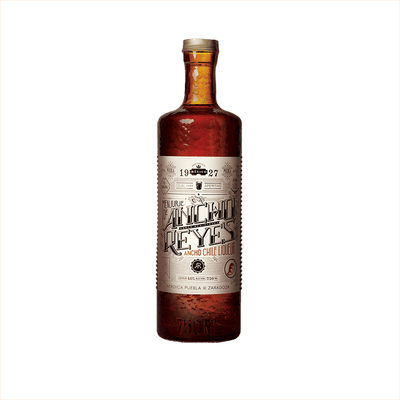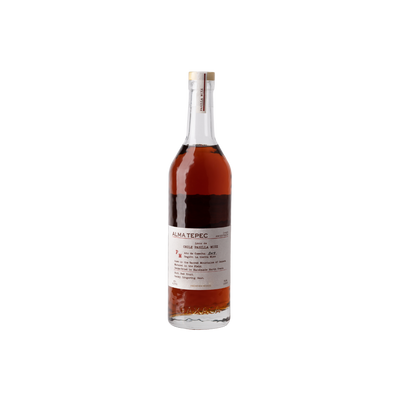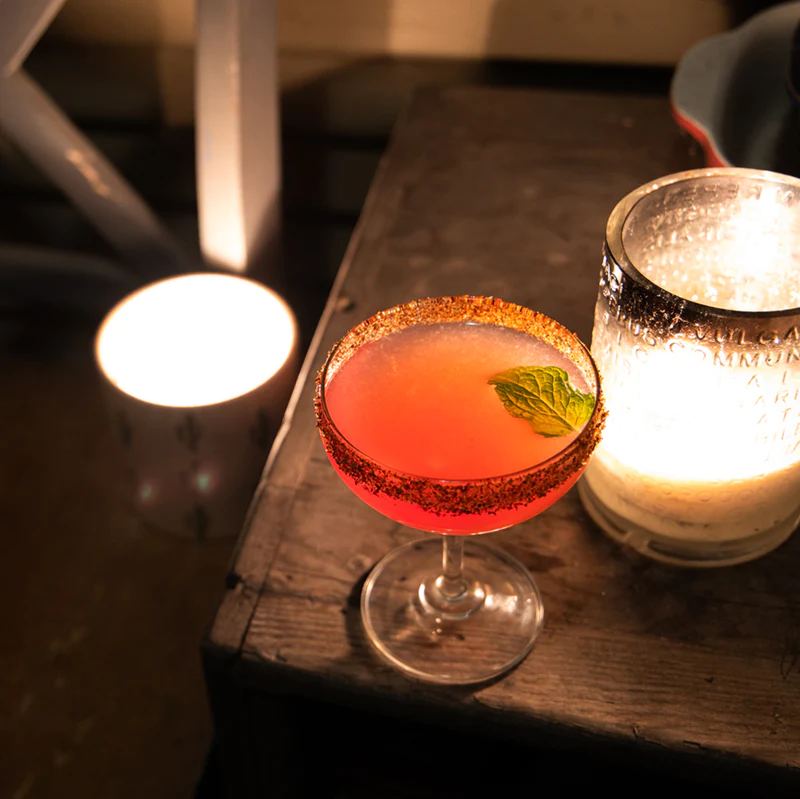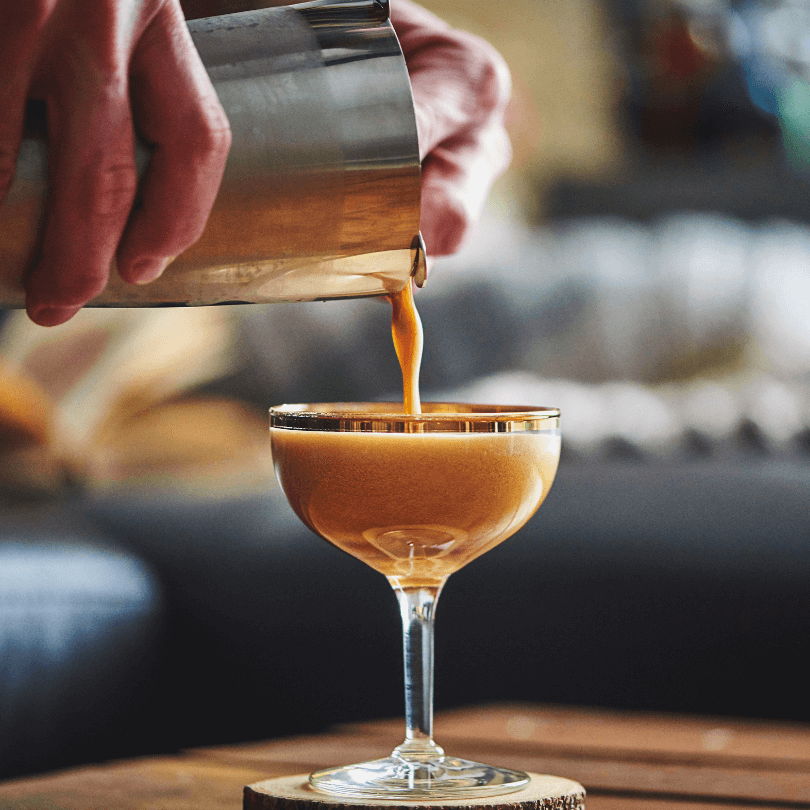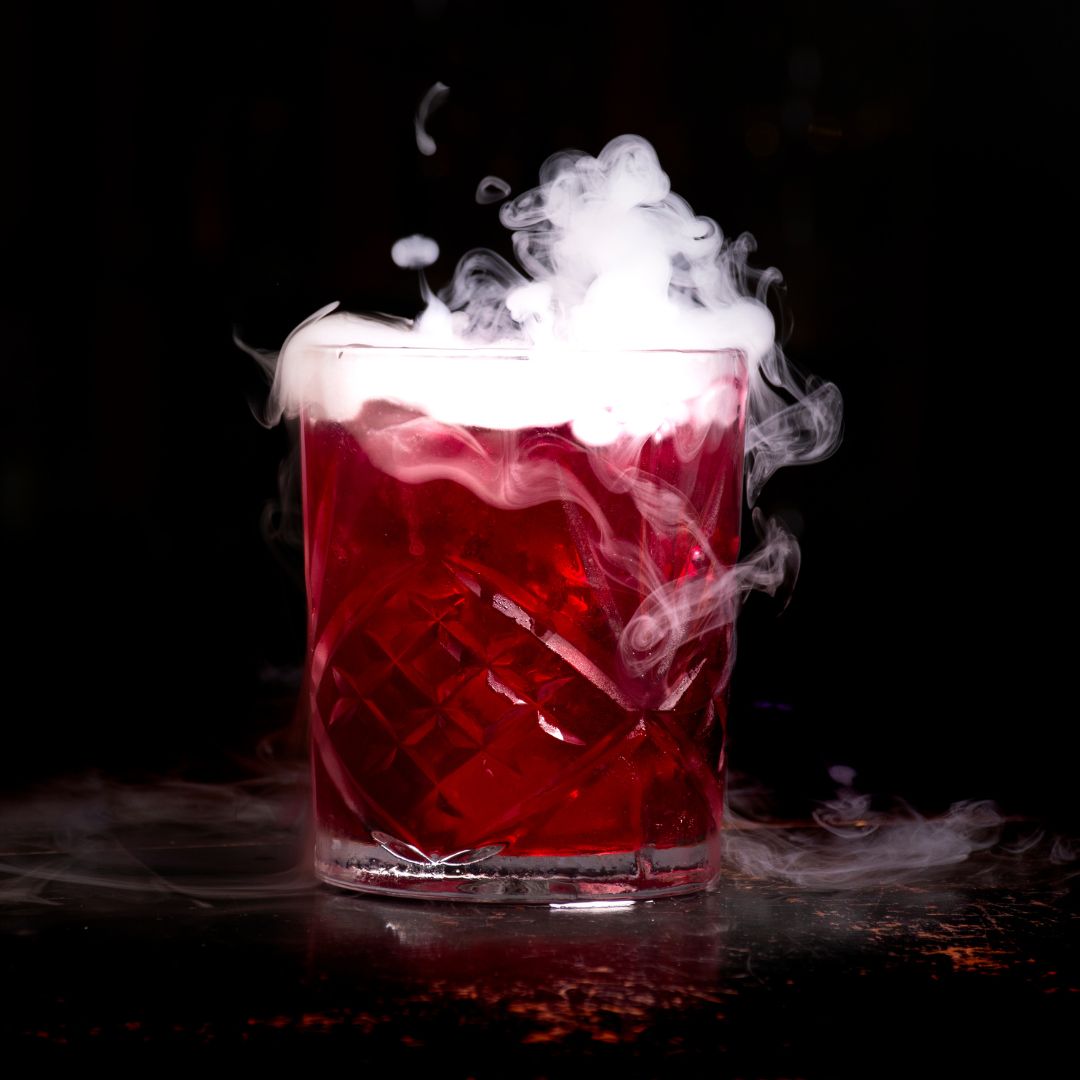Pepper Liqueur
What is Pepper Liqueur?
Pepper liqueur is a distinctive category of Herbal & Spice Liqueurs that captures the complex heat and aromatic qualities of various pepper varieties, from sweet bell peppers to fiery chilis. These spirits typically infuse neutral grain alcohol or other base spirits with fresh or dried peppers, creating a liquid that balances the natural sweetness of the pepper with its characteristic spice level. What defines pepper liqueur is its ability to translate the full spectrum of pepper flavors—from mild vegetal notes to intense capsaicin heat—into a sippable spirit that can range from pleasantly warming to mouth-tinglingly hot.
Learn More About Pepper Liqueur
What makes Pepper Liqueur unique?
Pepper liqueurs stand apart from other herbal and spice liqueurs through their distinctive use of actual peppercorns—black, white, pink, or exotic varieties like long pepper—rather than the typical botanical blends of roots, herbs, and sweet spices found in most categories. While traditional herbal liqueurs lean toward medicinal or aromatic profiles, pepper liqueurs deliver a sharp, tingling heat that creates an immediate sensory experience on the palate. This fiery character makes them particularly versatile for both sipping and mixing, adding complexity and warmth to cocktails in ways that gentler herbal liqueurs simply can't match.
How is Pepper Liqueur made?
Pepper liqueur starts with fresh or dried peppers—anything from mild bell peppers to fiery habaneros—that get macerated in neutral spirits or sometimes rum for several weeks to extract their oils and heat. The infused spirit is then sweetened with sugar syrup and often balanced with additional botanicals like herbs or citrus peels before being filtered and bottled. Some producers use a steam distillation method instead, which creates a cleaner, more refined pepper essence that's then blended with the base spirit and sweeteners.
How do you drink Pepper Liqueur?
Pepper liqueur shines brightest when mixed into cocktails rather than sipped neat, as its intense heat and spice can overwhelm the palate on its own. You'll find it working magic in spicy margaritas, adding fire to bloody marys, or bringing warmth to winter punches and hot toddies. The liqueur's bold personality makes it perfect for cold-weather gatherings, holiday parties, and any time you want to add some serious heat to your drink repertoire.
How do I choose good Pepper Liqueur?
Start by considering the heat level and pepper variety that matches your tolerance and flavor preferences—jalapeño-based liqueurs offer bright, vegetal notes with moderate heat, while habanero versions bring fruity intensity and serious fire. Your cocktail choice should guide your selection: lighter pepper liqueurs work beautifully in margaritas and palomas where you want spice without overwhelming the agave, while robust, smokier options shine in bourbon cocktails or Bloody Marys where they can stand up to bold flavors. Always taste before buying if possible, since pepper liqueurs vary wildly in sweetness, heat distribution, and whether the spice hits immediately or builds slowly on your palate.
Nutritional Information
Typical Calorie Range per Ounce: 80-110 calories
Typical Carbohydrate Range per Ounce: 8-12 grams
Typical Sugar Range per Ounce: 6-10 grams
Typically Gluten Free: Yes
Most pepper liqueurs are made from distilled spirits infused with various peppers and sweeteners, which naturally makes them gluten-free. The distillation process removes gluten proteins even when starting with grain-based spirits. That said, some producers may add flavorings or use production methods that could introduce gluten, so always check the specific product label and manufacturer information to confirm gluten-free status if you have celiac disease or gluten sensitivity.
Scrolled this far? Your reward? Pepper Liqueur Trivia!
- The world's first commercial pepper liqueur wasn't made with black peppercorns at all—it was crafted in 1985 using jalapeño peppers by a distillery in New Mexico that accidentally discovered the combination when a worker spilled fresh peppers into a batch of neutral spirit and decided to let it sit for three months instead of throwing it out.
- Medieval European monasteries created early versions of pepper liqueur as medicine for digestive ailments, but they used long pepper (Piper longum)—a completely different species than modern black pepper that was actually more expensive than gold in 14th century markets and produced a sweeter, more complex heat profile.
- Professional bartenders use pepper liqueur as a "bridge ingredient" because capsaicin molecules actually enhance the perception of sweetness and fruit flavors in cocktails by temporarily numbing bitter taste receptors on your tongue—which is why a few drops can make even the most austere gin taste surprisingly smooth and fruity.
- The pink peppercorns used in some premium pepper liqueurs aren't actually peppers—they're dried berries from the Peruvian pepper tree, and they were banned by the FDA in the 1980s after reports of allergic reactions, only to be re-approved when importers proved the problematic batches came from a different South American tree entirely.
- Sichuan pepper liqueur produces a unique tingling sensation called "má" that temporarily blocks sodium channels in your nerve endings—the same mechanism that makes your mouth go numb at the dentist—which is why drinking it before eating spicy food actually reduces the burn rather than intensifying it.
Higher-proof spirits can be intense. Mix carefully, taste thoughtfully, and enjoy responsibly.
Gift message (optional)

